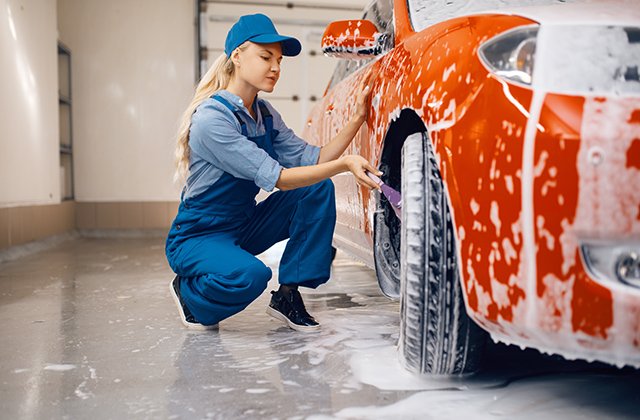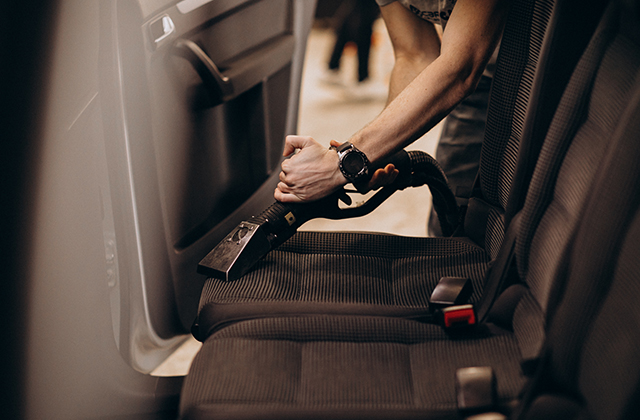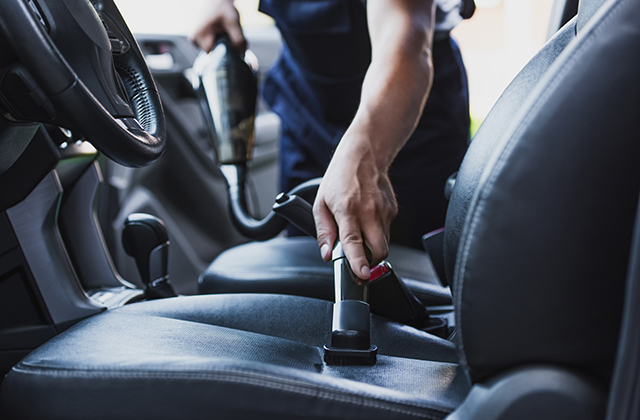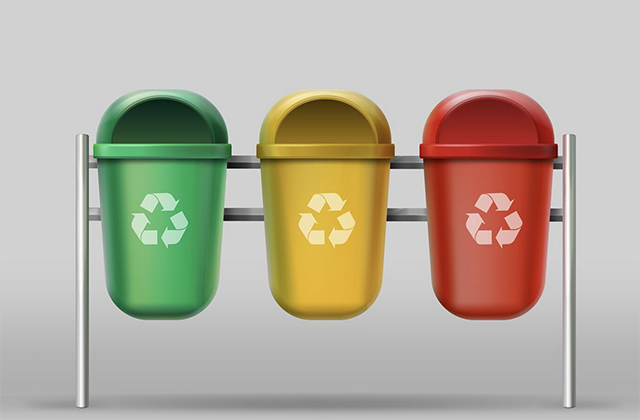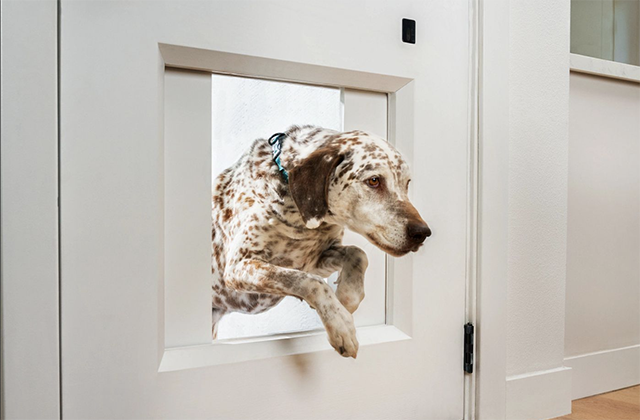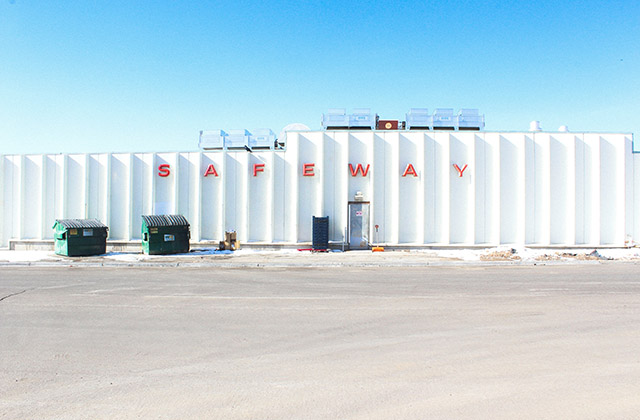Vehicle signage has become an essential marketing tool for businesses of all sizes. It transforms vehicles into mobile billboards, reaching a wide audience and creating brand awareness. In bustling cities like Sydney, vehicle signage stands out as an effective way to capture attention amidst the urban landscape. To make the most of this advertising medium, it’s crucial to design eye-catching and effective vehicle signage. Here are some tips to help you create standout designs for Sydney vehicle signage.
1. Understand Your Audience
The first step in creating effective vehicle signage is understanding your target audience. Consider who you want to reach and what message will resonate with them. In Sydney, a diverse city with a mix of professionals, tourists, and locals, your design should cater to the interests and needs of your intended audience. Whether you’re advertising a local cafe, a tech startup, or a tourism service, tailoring your message to your audience ensures relevance and engagement.
2. Keep It Simple and Clear
Simplicity is key in vehicle signage design. Since vehicles are constantly moving, people often have only a few seconds to read and understand your message. A cluttered design with too much text or too many elements can be overwhelming and ineffective. Focus on a clear, concise message with minimal text. Use bold fonts and high-contrast colors to enhance readability. A well-designed logo, a catchy tagline, and essential contact information are often all you need to make an impact.
3. Utilize High-Quality Graphics
High-quality graphics are crucial for making your vehicle signage visually appealing. Blurry or pixelated images can make your signage look unprofessional and detract from your message. Invest in high-resolution graphics and ensure they are correctly scaled to fit your vehicle. Vector graphics are particularly useful as they can be resized without losing quality. For Sydney vehicle signage, consider using vibrant images that reflect the city’s energy and vibe.
4. Emphasize Your Brand
Your vehicle signage should be a reflection of your brand identity. Consistent use of your brand’s colors, fonts, and logo helps build brand recognition. Ensure that these elements are prominently displayed on your signage. A cohesive brand identity makes your vehicle instantly recognizable and reinforces your brand message. In Sydney’s competitive market, a strong and consistent brand presence can set you apart from the competition.
5. Use Eye-Catching Colors
Color plays a vital role in grabbing attention and evoking emotions. Bright, bold colors can make your vehicle signage stand out, but it’s essential to use them strategically. Choose colors that align with your brand and ensure there is enough contrast between the background and text for readability. In Sydney’s vibrant streets, striking colors can help your vehicle signage pop amidst the urban scenery.
6. Leverage Effective Typography
Typography is another critical aspect of vehicle signage design. The right font can convey your brand’s personality and enhance readability. Choose fonts that are clean, bold, and easy to read from a distance. Avoid overly decorative or intricate fonts that can be hard to decipher quickly. For Sydney vehicle signage, where fast-paced city life means limited viewing time, legible typography is essential.
7. Optimize Layout and Composition
An effective layout ensures that your message is delivered clearly and efficiently. Arrange your elements in a logical and visually pleasing manner. Use a grid system to maintain balance and alignment. Prioritize the most important information, such as your business name and contact details, and place them in prominent positions. Remember, negative space (or whitespace) is your friend—it helps prevent your design from looking cluttered and makes it more readable.
8. Incorporate Call-to-Actions
A strong call-to-action (CTA) encourages viewers to take the next step, whether it’s visiting your website, calling your business, or following you on social media. Make your CTA clear, concise, and compelling. Phrases like “Call Now,” “Visit Us,” or “Follow for Updates” can be highly effective. In Sydney, where competition for attention is fierce, a persuasive CTA can significantly boost the effectiveness of your vehicle signage.
9. Consider Vehicle Shape and Size
Each vehicle type offers different design opportunities and challenges. Tailor your design to fit the specific shape and size of your vehicle. For instance, a large van provides more space for detailed graphics and text, while a compact car may require a more streamlined design. Take into account windows, door handles, and other features that may interrupt your design. In Sydney, where parking spaces and street visibility can vary, optimizing your design for different vehicle types can maximize exposure.
10. Ensure Durability and Longevity
Vehicle signage is exposed to various weather conditions, road debris, and daily wear and tear. Using durable materials and high-quality printing techniques ensures that your signage remains vibrant and intact over time. Opt for weather-resistant vinyl and UV-protected inks to prevent fading and damage. In Sydney, where the weather can range from intense sun to heavy rain, investing in durable materials is crucial for maintaining the quality and effectiveness of your vehicle signage.
11. Stay Compliant with Local Regulations
Before applying vehicle signage, it’s essential to be aware of local regulations and restrictions. Different areas may have specific rules regarding the size, placement, and type of signage allowed on vehicles. Ensure that your design complies with these regulations to avoid fines or legal issues. In Sydney, checking with local authorities or consulting a professional signage company can help you navigate these requirements.
12. Test and Evaluate
Finally, test your vehicle signage design before committing to it fully. Create mock-ups or digital renders to see how your design looks on the actual vehicle. Evaluate the readability, visibility, and overall impact from different distances and angles. Gathering feedback from colleagues, friends, or potential customers can provide valuable insights and help you make necessary adjustments. Continuous evaluation and updates ensure that your Sydney vehicle signage remains effective and engaging.
Conclusion
Creating eye-catching vehicle signage involves a combination of strategic design, brand consistency, and practical considerations. By understanding your audience, keeping your design simple and clear, and utilizing high-quality graphics and typography, you can create impactful signage that captures attention and promotes your brand effectively. In a dynamic city like Sydney, where the streets are filled with potential customers, investing in well-designed vehicle signage can significantly enhance your marketing efforts and drive business success. So, take these tips to heart and transform your vehicles into powerful marketing tools that turn heads and leave lasting impressions. Check this site for eye-catching signage.



